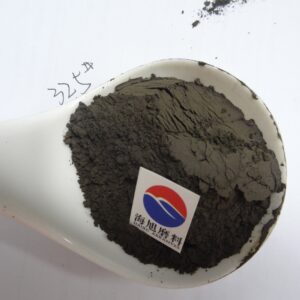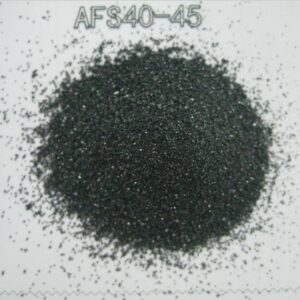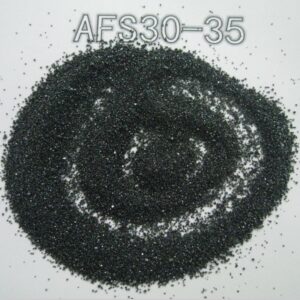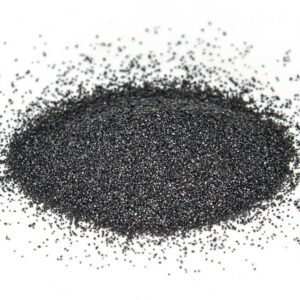Chromite foundry sand 20-40#20-50#
Description for chromite foundy sand:
Chromite sand, with its main chemical component Cr2O3, and boasts thermal stability, high thermal conductivity, and excellent resistance to alkali slag. So it prevents metal penetration and sand sticking, making it ideal for various stainless steel, alloy steel, and carbon steel core-making applications.
Chromite foundry sand available Size :
- 20-40#
- 20-50#
- 20-60#
- 20-70#
- 40-70#
- 50-100#
- 200#-0
- 325#

Features:
- Exceptionally high hardness suitable for producing hard materials.
- Superior corrosion resistance, protecting metals against corrosion for durable metal products.
- Excellent thermal stability, capable of withstanding high-temperature environments.
- Good electrical conductivity, applicable in electronic product manufacturing.
- High reflectivity, suitable for optical products like lenses.
Typical Chemical Analysis:
| Cr2O3 | ≥46.0% |
| SiO2 | ≤1.0% |
| FeO | ≤26.5% |
| CaO | ≤0.30% |
| MgO | ≤10.0% |
| Al2O3 | ≤15.5% |
| P | ≤0.003% |
| S | ≤0.003% |
| Cr/Fe | 1.55:1 |
Typical Physical Properties:
| Bulk Density | 2.5-3g/cm³ |
| Volume Density | 4.0-4.8g/cm3 |
| Color | Black |
| PH Value | 7-9 |
| Sintering Temperature | >1,800°C |
| Melting Point | 2,180°C |
Production Flow for Chromite Foundry Sand:
- Step 1
Raw material preparation: chromite ore, already crushed into powder in South Africa, undergoes water washing to screen particle size, eliminating impurities and mud.
- Step 2
Drying step: the washed raw material is dried to remove moisture.
- Step 3
Particle sizing: The dried material is then passed through a vibrating sieve to attain the desired particle size required by customers.
- Step 4
Magnetic separation: Sieved particles undergo magnetic separation to remove iron and silicon. Post-separation, chromite content reaches above 46%, while silicon content remains below 1%.











